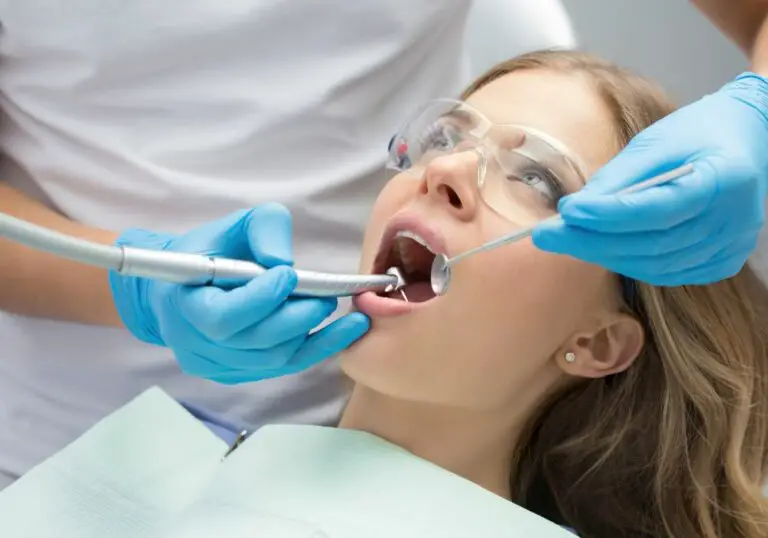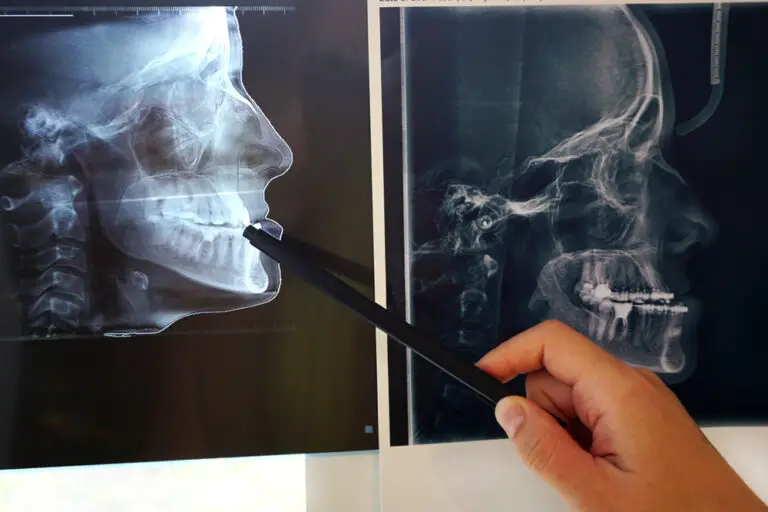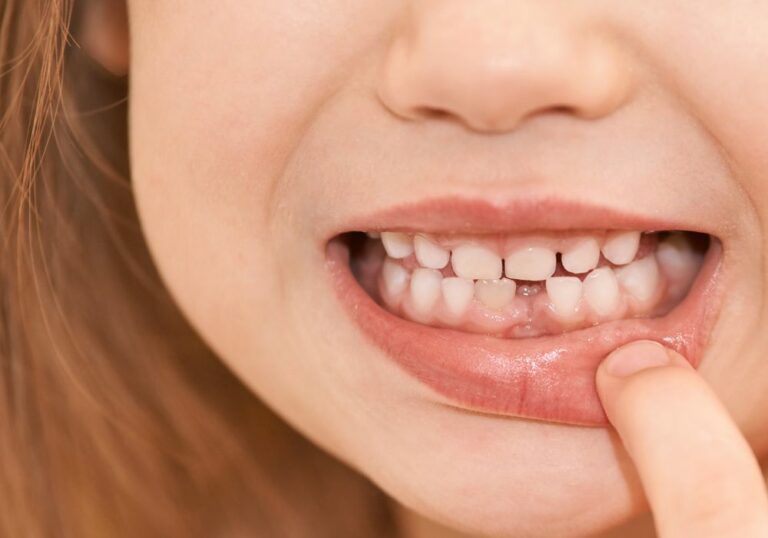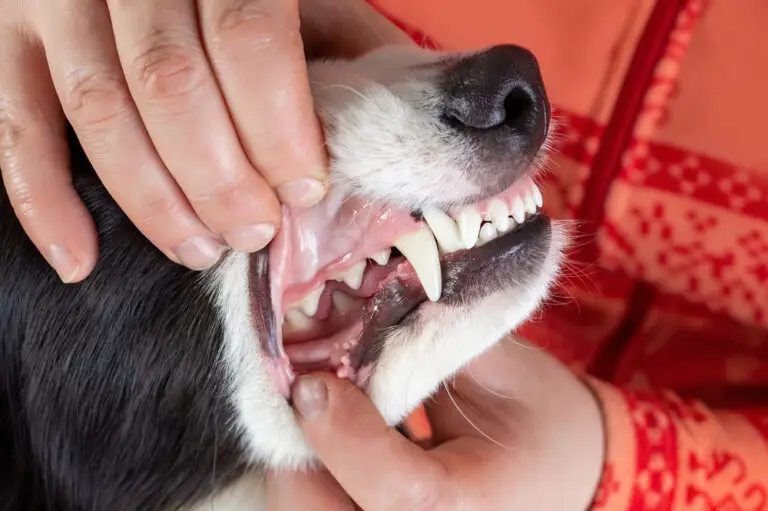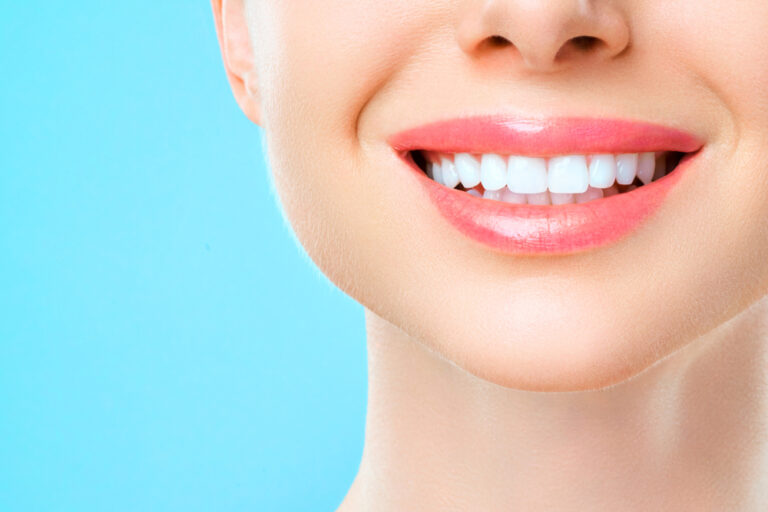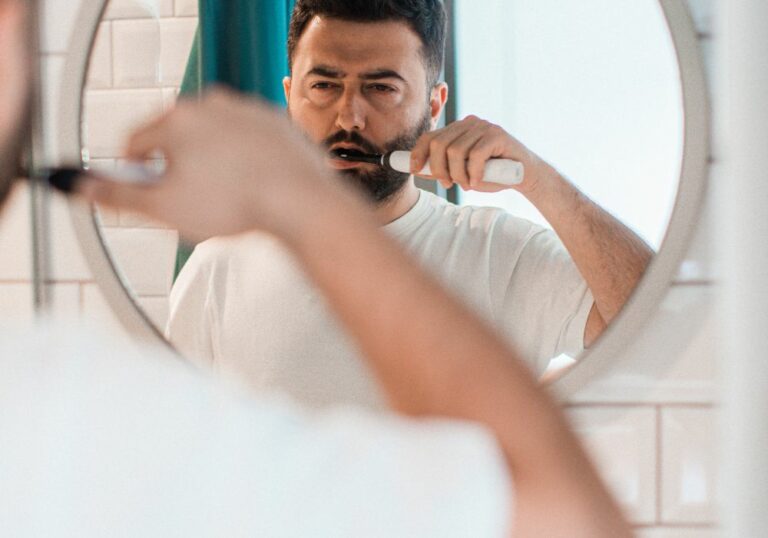Beer is beloved worldwide for its refreshing flavor and alcohol content. But many beer drinkers have noticed it has an unfortunate side effect – stains on teeth. The compounds that give beer its color and bold taste can stick to tooth enamel, leaving yellow or brown discoloration.
Understanding why beer stains teeth can help you take steps to preserve your pearly whites while still enjoying a pint. We’ll explore the science behind beer stains, ranking the worst offenders, prevention techniques, and ways to remove discoloration.
The Chemistry Behind Beer Staining
There are several ingredients in beer responsible for tooth staining:
Polyphenols
Polyphenols are organic compounds found in many plant-based foods and drinks. They act as antioxidants but also readily bind to proteins like tooth enamel.
- Tannins – These polyphenols are found in the malt and hops used to make beer. They give beer its bitterness. Tannins in drinks like wine, tea, and coffee also cause stains by adhering to teeth.
- Flavonoids – These compounds are found in almost all plants and produce the golden, amber, and brown pigments in beer. They easily stain teeth upon contact.
- Quinines – Added to some beers like tonic porters, these bitter polyphenols extract can strongly discolor teeth. They have an almost permanent staining effect.
Caramel Coloring
Many beers feature caramel coloring to give them a darker, richer appearance. The thick caramel pigments tenaciously attach to tooth protein leading to stubborn stains. Stouts, amber ales, and brown ales often contain caramel colorants.
Iron and Calcium
Trace amounts of iron and calcium occur naturally in the barley malt, maize, rice, and hops used for beer brewing. Iron has a strong staining effect given its reactive nature. Calcium also enables staining compounds to better adhere to enamel.
Yeast Byproducts
During fermentation by brewer’s yeast, many organic compounds are produced that give beer flavor and aroma. Some of these yeast metabolites can foster tooth discoloration. One in particular, riboflavin, is a known staining agent.
Alcohol
There is evidence that alcohol aids staining by carrying pigments deeper into the microscopic pits and channels of tooth enamel, allowing them to become more embedded. Other beer ingredients can thus penetrate further with the alcohol as a solvent.
Darker Beers Stain More Than Light Beers
You’ll notice that pale golden lagers and pilsners don’t stain teeth nearly as much as darker beers. This is directly related to their color depth:
- Darker malts – The malt used to brew stouts, porters, brown, and amber beers is kilned longer leading to more polyphenols that leach out and stain teeth.
- More caramel coloring – More coloring additive is used to produce darker beers, increasing the amount of caramel that adheres to enamel.
- Yeast byproducts – Chemicals produced by yeast while fermenting darker beers tend to have higher staining potential.
In short, the ingredients and methods used to produce darker beers also make them more prone to dental discoloration.
Factors That Impact Stain Intensity

Multiple factors influence the intensity of beer staining on your teeth:
1. Beer Variety
As mentioned, darker beers with more polyphenols, caramel coloring, and yeast byproducts cause the worst staining. But all beer has some potential for discoloration.
2. Drinking Frequency
Drinking beer daily or multiple times a week gives more exposure to enamel and increased staining versus occasional drinking. Frequent exposure allows stain compounds to continually build up.
3. Individual Factors
Saliva composition, enamel thickness, tooth shape, and other genetic factors vary between people. Some naturally have thicker enamel stains can’t easily penetrate or saliva chemistry that prevents staining. Individual factors play a role.
4. Oral Hygiene Habits
Those who brush thoroughly and floss regularly after drinking have less staining issues. Irregular brushing or infrequent flossing allows more stain buildup. Good oral hygiene limits discoloration.
Preventing Beer Enamel Stains
You can take proactive steps to keep your teeth stain-free while enjoying beer:
1. Drink with a Straw
Drinking beer through a straw helps bypass the liquid flowing over teeth. Less contact means less potential for staining. Make sure to swish with water after to rinse the straw.
2. Chase with Water
Swishing water around your mouth rinses away much of the beer residue left behind after drinking. This simple habit minimizes staining.
3. Drink Quickly
The longer you let beer linger in your mouth, the more time for pigments to deposit on teeth. Quickly swallowing each sip lessens staining versus slowly sipping over time.
4. Rinse or Brush 30 Minutes After
After drinking beer, wait at least 30 minutes before brushing or using an enamel-safe whitening rinse. This allows the softened enamel to re-harden so it won’t get damaged while cleaning.
5. Use Whitening Toothpastes
Whitening pastes with mild abrasives lift some staining off enamel with gentle polishing. Those with hydrogen peroxide help break down stain compounds further.
6. Drink Lighter Beers More Often
Choosing lighter beers like lagers, blonde ales, and pilsners more frequently reduces staining versus drinking mainly darker beers.
7. Eat Foods While Drinking
Eating foods while having beer creates a physical barrier between the liquid and teeth. Staining agents can’t adhere as readily with food debris in the way.
8. Get Professional Cleanings
See your dentist regularly to get stubborn stains removed. Professional cleanings go beyond surface stains to deep clean enamel pores and remove embedded discoloration.
Removing Existing Beer Stains
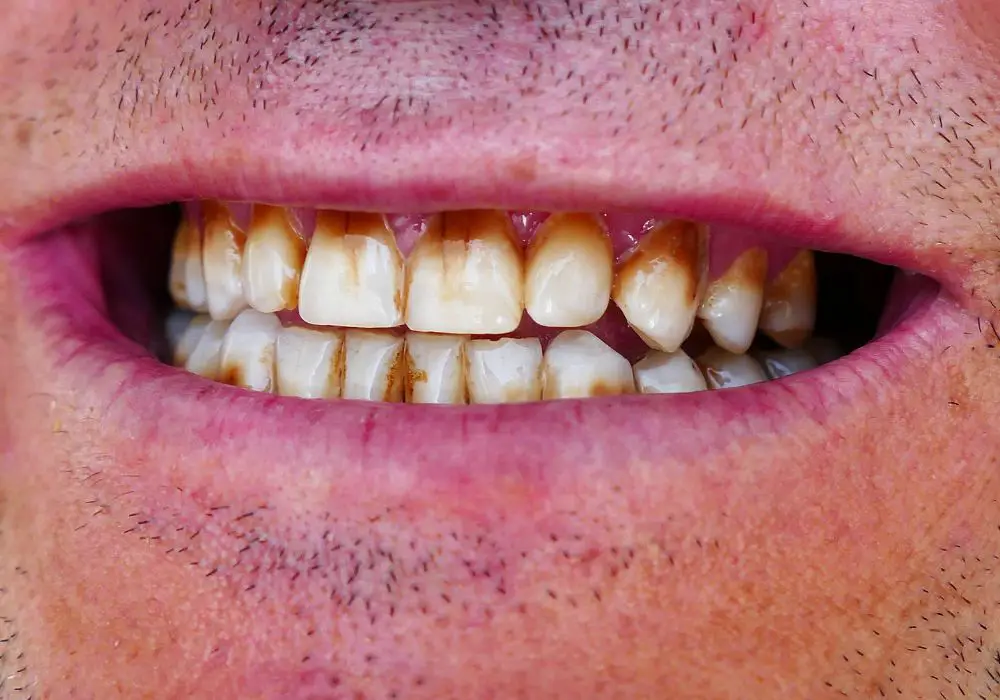
If your teeth have already picked up some yellowing or browning from beer, here are some stain removal techniques:
1. Whitening Toothpastes
Special whitening toothpastes with polishing agents and chemicals like hydrogen peroxide help lift stains off enamel gently over time.
2. Whitening Mouth Rinses
Over-the-counter whitening mouthwashes use hydrogen peroxide to oxidize stains so they fade. Swishing daily lightens discoloration.
3. Whitening Strips
Whitening strips use peroxide gel pressed against teeth to penetrate enamel and break up staining compounds. They gradually reduce set-in stains with continued use.
4. In-Office Bleaching
Concentrated peroxide gels applied by your dentist rapidly lighten enamel and remove deep set-in stains. Combined with light or heat activation, dramatic brightening occurs.
5. Avoid Other Staining Foods
Cut back on coffee, tea, red wine, berries, tomato sauce and other highly staining foods. This reduces total stain exposure and prevents worsening of beer stains.
Using preventive habits paired with periodic whitening gives you the confidence to enjoy beer without the dental downside of discolored teeth. Maintaining your bright smile is possible even with a love of beer.
Frequently Asked Questions
Does Beer Stain Teeth Worse Than Red Wine or Coffee?
Beer causes more intense staining than red wine but less than coffee. The tannins in coffee lead to very heavy tooth discoloration. However, beer contains more tooth-staining compounds than the primarily pigment-based staining from red wine. Overall, beer leads to moderate dental stains without preventive habits.
Why Don’t White Wines Stain Teeth Like Red Wine?
White wines lack the deeply colored polyphenol compounds found in red wine that cling to enamel. White wines use grapes with clear juices rather than pigmented red grape varieties. Without highly staining anthocyanin compounds, white wines don’t discolor teeth.
Can You Remove Permanent Beer Stains from Teeth?
There’s no such thing as a permanent stain – all tooth discoloration can be removed. However, over many years, enamel stains can become very set-in and difficult to extract. Avoiding long-term buildup plus using whitening treatments periodically keeps stains from becoming seemingly permanent.
Should You Brush Teeth Before or After Drinking Beer?
It’s best to wait about 30 minutes after having beer before brushing teeth. The enamel temporarily softens due to beer’s acidity. Brushing right away can damage the enamel. Swishing with water after drinking is ideal to wash away immediate staining without abrasion.
Do IPAs, Sours or Belgian Beers Stain Teeth More Than Regular Beer?
Not necessarily. Color depth is the biggest factor, not beer variety. An amber or brown Belgian ale may stain more than a pale IPA or Berliner Weisse. However, aged sours and barrel-aged beers often develop deeper hues that can increase staining. But in general, standard beer color predictors apply rather than beer style.

